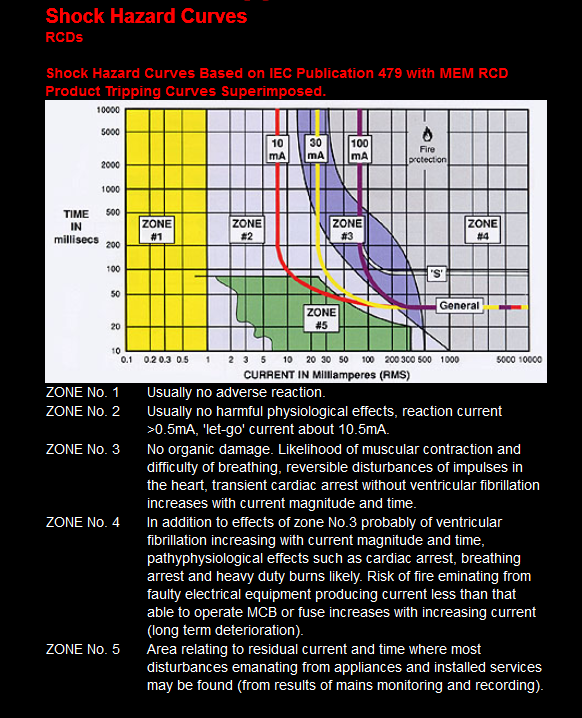Hi, Ive been asked to fit a couple of defibrillators at my local town hall. I dont know why but there’s something in the back of my mind telling me that there may be some specific requirements. I might have a memory of being told once that theres a specific city and guilds AED installation course but google hasn't given me much there… I had a look through my shiny new brown book but didn't find anything of significance, I like the cover of new book, feels tougher than the previous ones but i did rely like that calming shade of blue.
Im your average qualified sparks who mostly rocks the domestic world and I’m obviously signed up to a scheme and have the usual insurances and qualifications. Any way so, beyond the normal every day rules regarding fault protection, earthing and bonding etc is there anything else anyone would advise me to consider before accepting the job?
One thing I’ve considered is that these things go on an exterior wall and appear to be in metal cabinets, having not yet received the instructions I may find the casing is technically an exposed conductive part and may require earthing so that may bring up the question of exporting PME. However I have been told by the person booking the work they are rated IP65 and he believes they are class 2/double insulated so that would suggest perhaps the external casing would not require earthing and as you cant plug a lawnmower into it perhaps its not going to be a worry connecting the it to a final circuit on a property with PME.
Id appreciate some thoughts and advice especially from anyone with experience of fitting them as Ive never been asked before, id rather come on hear and ask a rookie question than make a rookie mistake when by now I should know better!
Thanks in advance
still running freely


